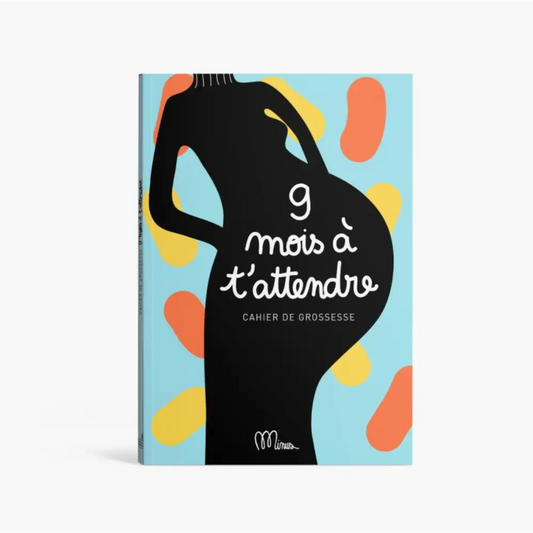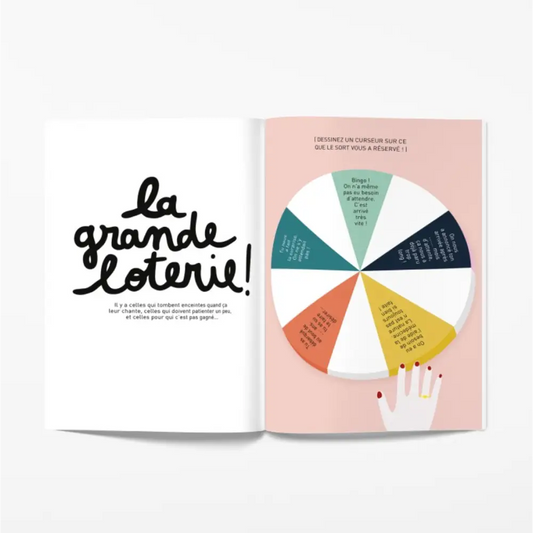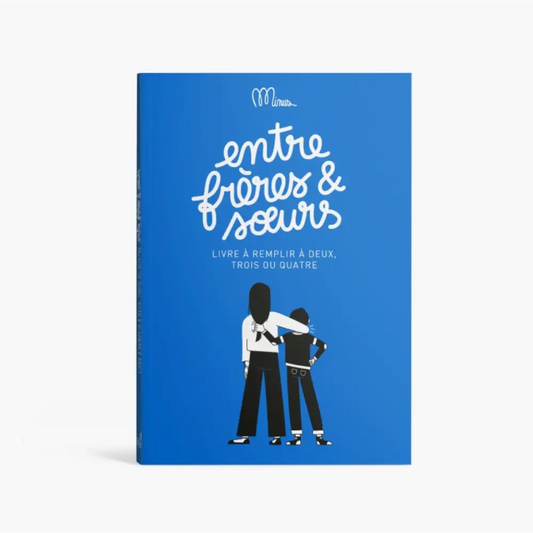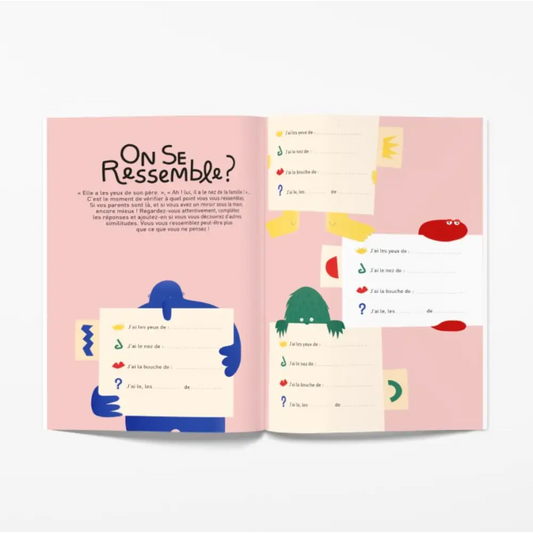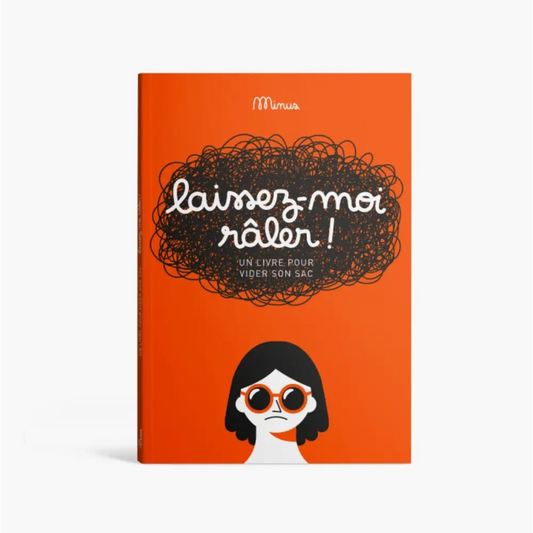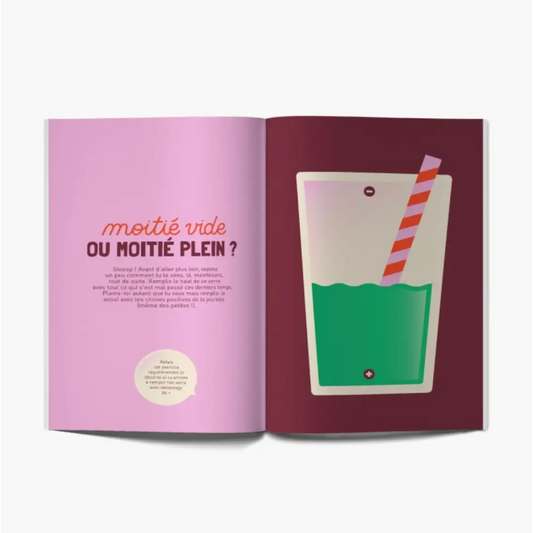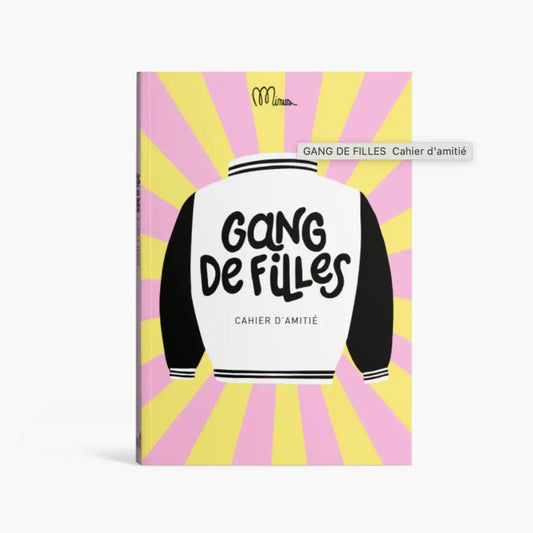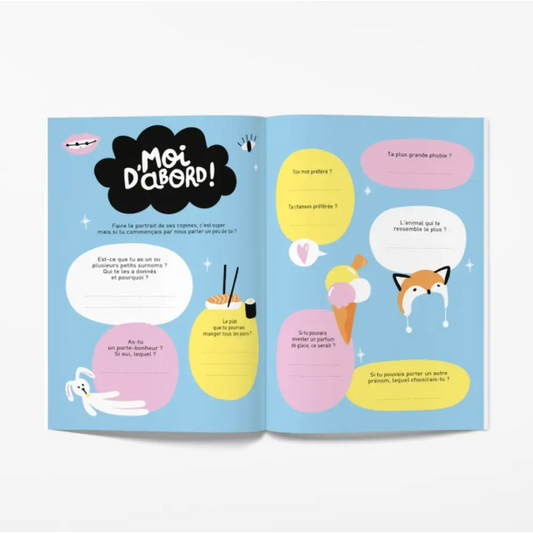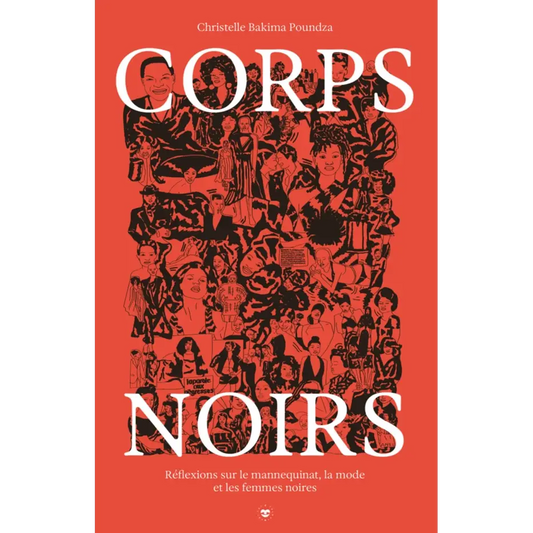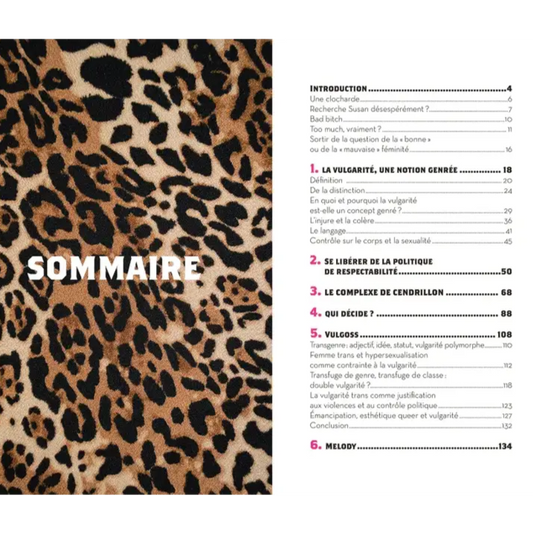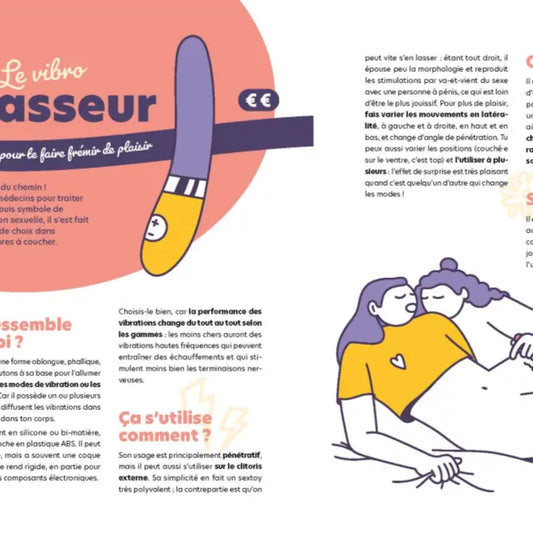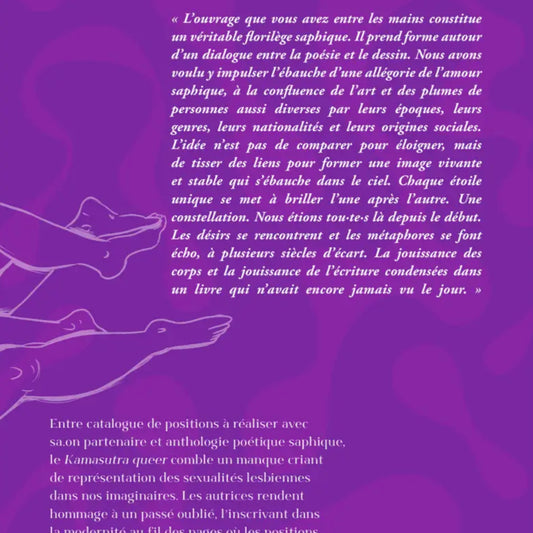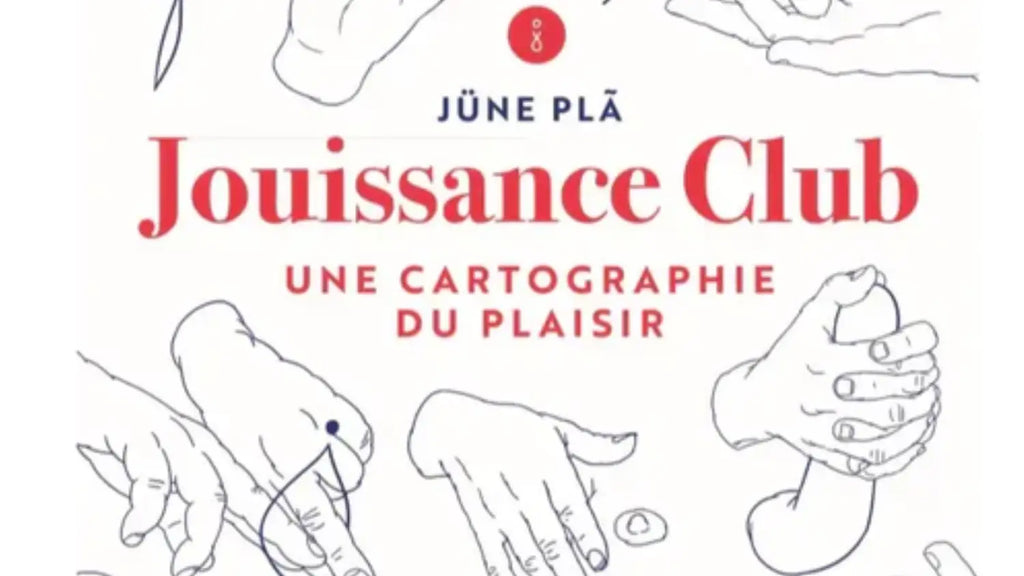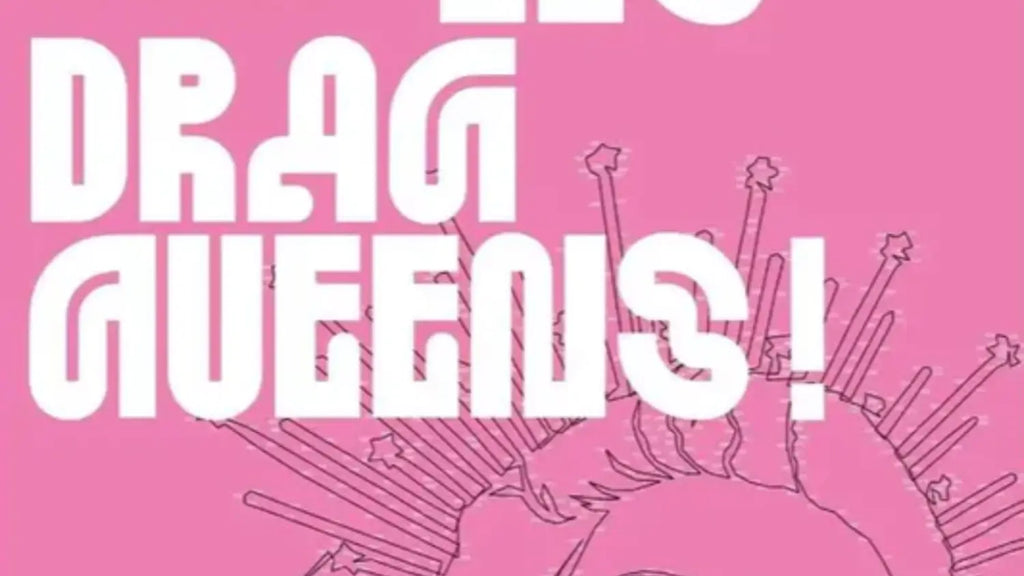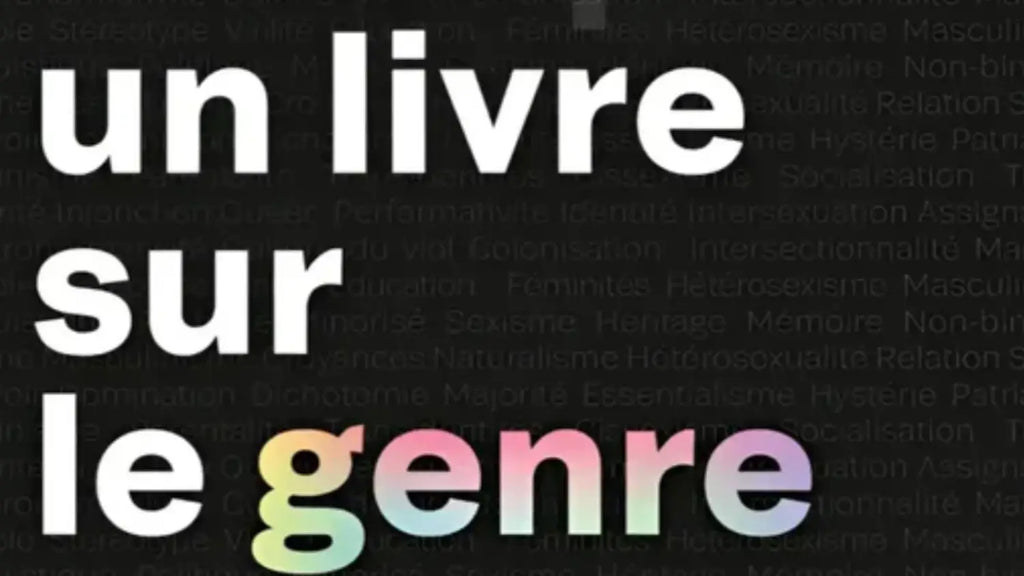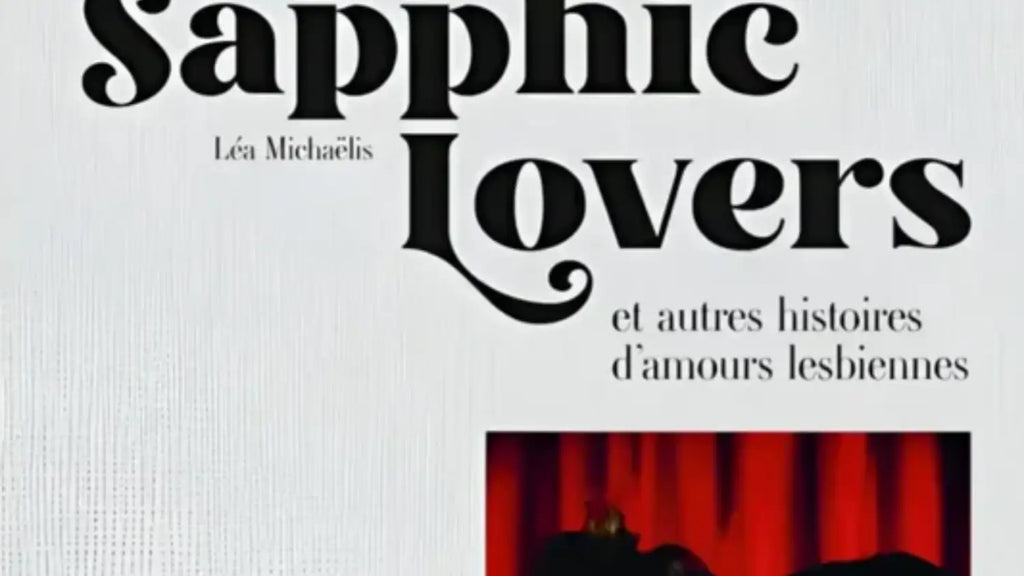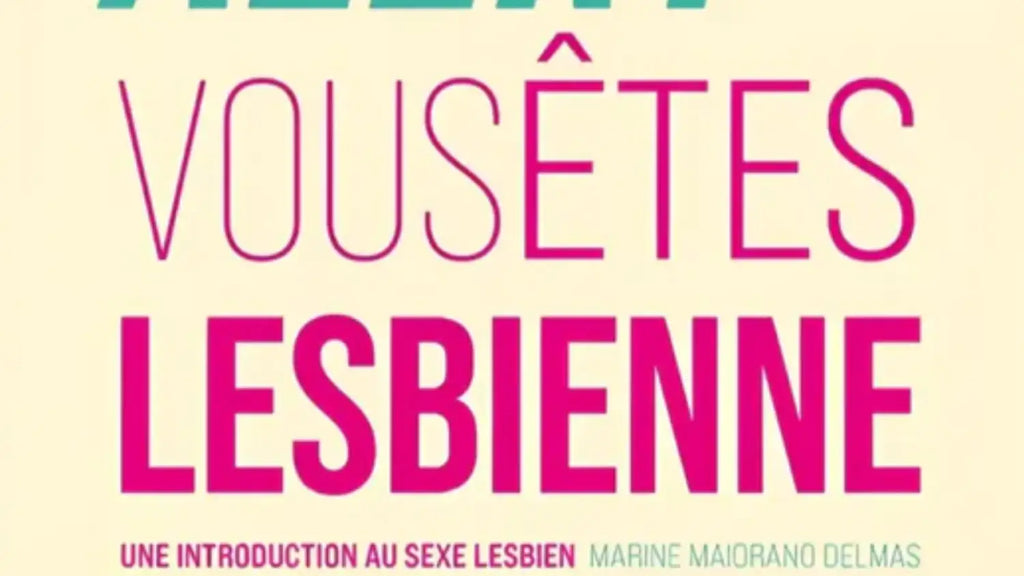The Importance of LGBT Books in Culture and Society
A mirror of struggles and identities
An LGBT book is not just a narrative; it is also a document that reconstructs the struggles and major milestones in queer history. Many authors, such as James Baldwin, Jean Genet, Oscar Wilde, and André Gide, have left their mark on homosexual literature since the beginning of the 20th century, while others, such as Violette Leduc, Monique Wittig, and Hervé Guibert, have broadened the reflection on the role of creativity within society. These texts, sometimes drawn from archives, highlight critical thinking against injustice, homophobia, persecution, and violence linked to AIDS or social rejection. Their historical significance is measured by the ability of these stories to change the conception of art and make the voice of an LGBT community heard.
A tool for emancipation and education
A lesbian novel, a gay romance, or a story about a young man in his teens confronting homosexuality can become a true guide to self-discovery. Children and teens find in these texts a thread of life that allows them to feel included in a society that is still sometimes hostile. For adults, reading queer stories allows them to better understand diversity and broaden their thinking. In public libraries, these books are now present in school or municipal libraries, proof that gay and lesbian literature has gained a universal place. These texts can now be purchased or purchased online, and bookseller reviews guide the reader toward a favorite or a bestseller.
The different genres of LGBT books to discover
Essential novels
Queer novels explore universal LGBT themes: love, friendship, family, and the quest for freedom. From 19th-century classics like André Gide to the 21st century with authors published by University Press, gay and lesbian literature has found a rich and varied written structure. Contemporary titles like Achilles et Patroclus , which explore mythological romance, appeal to an international audience. Others, like those by Didier Eribon or Laure Murat, offer a historical and social reflection on the great diversity of journeys. These first novels or established stories become references that I hope to add to my personal library.
Youth and young adult
Queer children's literature and young adult fiction have enjoyed great popularity in recent years. Series like Heartstopper, in graphic novel or comic book form, tell the story of a romance between two boys, tackling adolescence and identity issues with heart and sincerity. These stories are often bookseller favorites and quickly become bestsellers. For younger readers, books written for children allow them to discuss homosexuality, different families, and same-sex marriage. These books are also a way to combat homophobia from childhood onward, by instilling values of tolerance and respect.
Essays and Memoirs
Essays and memoirs offer a more analytical structure and a critical look at the place of gays and lesbians in society. Antoine Idier , for example, has published a major document that reconstructs the archives and the French homosexual movement, with a precision that makes his works a reference. There are also intimate testimonies like "Pageboy" by Elliot Page or the writings of Didier Eribon that denounce violence, injustices and social domination. Passing through fantasy literature, science fiction or even essays published by University Press, these texts offer a wide range of reflection and allow for the exploration of new dimensions.
Recurring themes in LGBT literature
Queer Love and Relationships
Love is at the heart of LGBT stories, whether lesbian romance, gay romance, or stories of a homosexual facing rejection. These stories recount the joy, pain, and sometimes violence of experiencing a different relationship in a normative world. From the Middle Ages, when certain coded works already referred to homosexuality, to San Francisco or New York during the fight against AIDS, these texts constitute an essential memory. The concept of love is constantly rethought, and these stories continue to inspire new generations.
Identity and the quest for self
Queer literature highlights the crucial issue of the quest for identity. Every young man or woman can identify with a story about life, a different destiny, or first love. These texts explore language and codes to convey the complexity of identities. We find the common thread of the search for self, from adolescence to adulthood. The critical thinking of Jean Genet, the poetry of Eddy Bellegueule, and the work of Lambda Literary demonstrate that queer identity spans the decade and remains relevant today.
Memory and activism
LGBT books constitute a poster of memory, a living magazine that retraces the struggles. Antoine Idier's archives, Laure Murat's texts, and the writings of queer activists highlight the vast scope of the movement. They recall the struggles for marriage, the fight against AIDS, and the denunciation of persecution. These stories demonstrate the extent of the sacrifices made by generations to pave the way. Even today, they remain a privileged destination for those who want to understand queer memory and participate in building a more inclusive future.
How to choose an LGBT book according to your preferences
Getting Started in Queer Literature
A first novel or a work written in the form of a simple romance allows for an accessible discovery . Texts like Achilles and Patroclus, a revisited mythological tale, or a contemporary graphic novel offer a gentle immersion. These stories are often favorites and easy to find for purchase or buy online. Bookseller reviews and bestsellers allow you to choose without making a mistake. You can also add these titles to your library as essential references.
To deepen your queer culture
To go further, there is a structure of more engaged texts: essays by Didier Eribon, studies published by University Press , or activist texts from Lambda Literary. They offer a reflection on social issues, on the place of gays and lesbians in French-speaking Africa, Europe, or the United States. These texts are also an intellectual destination that allows us to explore current debates and future perspectives. They testify to the great richness of homosexual literature in the 21st century.
To offer an LGBT book
Giving an LGBT book is a powerful symbolic gesture. For a child, an inclusive story; for a teenager, a comic book or graphic novel; for an adult, an autobiography by Jean Genet or an essay by Laure Murat. These gifts allow loved ones to be included in the discovery of the LGBT community and convey a message of love and support. They become personal favorites that are passed down from generation to generation.
The Impact of LGBT Books on Mental Health and Well-Being
Reading and reducing isolation
An LGBT book can help reduce the isolation of a young man or woman in adolescence or adulthood. These stories provide a common thread, a destination where one feels understood. They become benchmarks for dealing with homophobia or violence in society. Their magnitude is measured in their ability to comfort readers and give them a beating heart of hope . These testimonies are companions in daily life.
Queer Bibliotherapy
Queer bibliotherapy uses books as a guide to inner healing. Certain texts, such as those by Eddy Bellegueule or Hervé Guibert, are recommended as true therapeutic documents. These stories explore suffering but also reconstruction, providing a solid emotional structure. Their impact is such that organizations often recommend reading queer stories to change one's relationship with oneself. They have become bestsellers in both the literary and therapeutic fields.
Book clubs and safe spaces
Queer book clubs, in San Francisco, New York, and France, have become popular destinations. These shared spaces bring together readers around works of queer literature, whether essays by Didier Eribon or lesbian romance. These gatherings offer great freedom of expression and allow readers to share their opinions. The clubs also provide an opportunity to discuss bestsellers, favorites, or new discoveries. They contribute to including the LGBT community in an active cultural dynamic.
Resources for further reading
There are many resources for purchasing and reading LGBTQI books. Bookseller reviews, bestsellers, and favorites make choosing easier. Some bookstores have a gay and lesbian section, featuring classics like Jean Genet, Oscar Wilde, André Gide, or contemporary works like Eddy Bellegueule. Literary festivals, magazines, or Lambda Literary selections allow you to stay connected to current events. Academic documents published by University Press or essays on French-speaking Africa can also be found there. Whether it's romance, science fiction, or fantasy, queer literature continues to expand its archive and offer a cultural framework of considerable scope in the 21st century.



